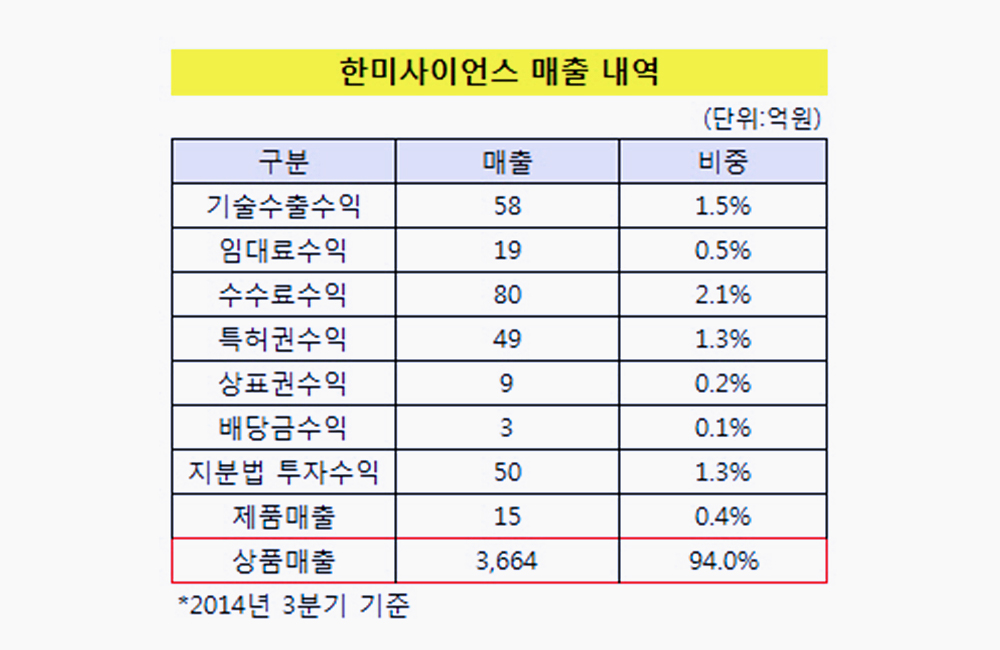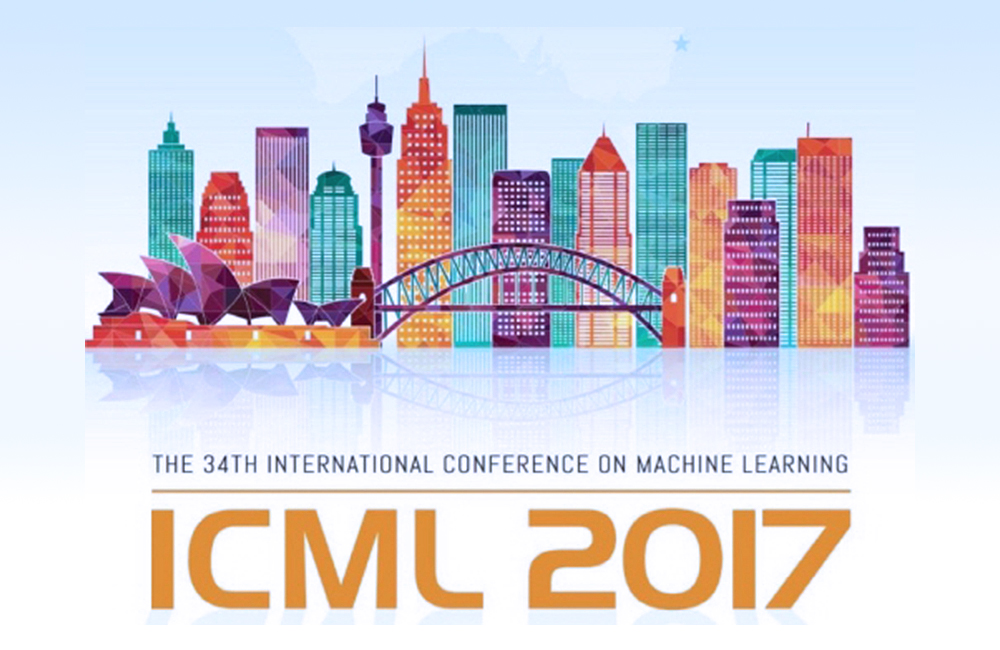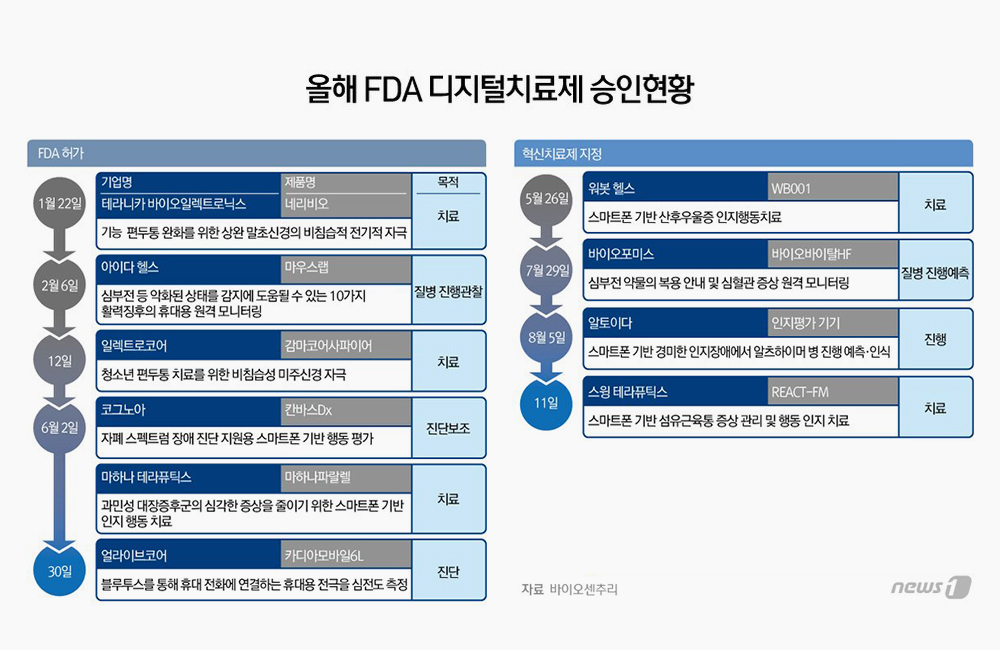The U.S. Food and Drug Administration today
authorized marketing of EaseVRx, a prescription-use immersive virtual reality
(VR) system that uses cognitive behavioral therapy and other behavioral methods
to help with pain reduction in patients 18 years of age and older with
diagnosed chronic lower back pain.
“Millions of adults in
the United States are living with chronic lower back pain that can affect
multiple aspects of their daily life,” said Christopher M. Loftus, M.D., acting
director of the Office of Neurological and Physical Medicine Devices in the FDA’s Center for Devices and Radiological Health.
“Pain reduction is a crucial component of living with chronic lower back pain.
Today’s authorization offers a treatment option for pain reduction that does
not include opioid pain medications when used alongside other treatment methods
for chronic lower back pain.”
Chronic lower back pain, which is defined
as moderate to severe pain in the lower back lasting longer than three months,
is one of the most common chronic pain conditions in the U.S. Chronic pain may
inhibit mobility or daily activities and has been linked to anxiety and
depression, poor perceived health or reduced quality of life and dependence on
opioids. Current treatment plans for chronic lower back pain often include,
among other options, prescription and over-the-counter pain medications,
exercise, steroid injections, surgery and transcutaneous electrical nerve
stimulation. Cognitive behavioral therapy (CBT) may be used to reduce the
burden of chronic pain and increase function through an emotional, cognitive
and behavioral approach to shift negative beliefs held by patients about the
relationship between their pain and movement.
EaseVRx employs the principles of CBT and
other behavioral therapy techniques for the purpose of reduction of pain and
pain interference. The prescription device, which is intended for at-home
self-use, consists of a VR headset and a controller, along with a “Breathing
Amplifier” attached to the headset that directs a patient’s breath toward the
headset’s microphone for use in deep breathing exercises. The device’s VR
program uses established principles of behavioral therapy intended to address
the physiological symptoms of pain and aid in pain relief through a
skills-based treatment program. These principles include deep relaxation,
attention-shifting, interoceptive awareness–the ability to identify, access,
understand and respond appropriately to the patterns of internal signals—and
perspective-taking, distraction, immersive enjoyment, self-compassion, healthy
movement, acceptance, visualization, knowledge of pain and rehabilitation.
The EaseVRx treatment program consists of
56 VR sessions that are 2-16 minutes in length, which are intended to be used
as part of a daily eight-week treatment program. Each session incorporates
elements of the aforementioned principles to provide the user with skills to
achieve relief and reduction in the interference of pain in daily activities.
The FDA evaluated the safety and
effectiveness of EaseVRx in a randomized, double-blinded clinical study of 179
participants with chronic lower back pain who were assigned to one of two
eight-week VR programs: the EaseVRx immersive 3-D program or a control 2-D
program that did not utilize skills-based CBT methods of treatment. After
enrollment in the trial, participants were followed for a period of 8.5 months
total, including a two-week baseline assessment period, an eight-week VR
program, a post-treatment assessment, and follow-up at one, two, three, and six
months after completion of the program.
At the end of treatment, 66% of EaseVRx
participants reported a greater than 30% reduction in pain, compared to 41% of
control participants who reported a greater than 30% reduction in pain.
Furthermore, 46% of EaseVRx participants reported a greater than 50% reduction
in pain compared to 26% of control participants. At one-month follow-up, all
participants in the EaseVRx group continued to report a 30% reduction in pain
and at the two- and three-month follow-up marks, the 30% reduction in pain
remained for all outcomes with the exception of pain intensity. In contrast,
the control group reported a reduction in pain below 30% at one-, two-, and
three-month follow-up for all outcomes.
To evaluate the effectiveness of EaseVRx,
at the end of the eight-week program, participants were asked to rate the
following outcomes on a 10-point scale, with 10 being the greatest value: pain
intensity, pain interference on activity, pain interference on mood, pain
interference on sleep and pain interference on stress. On average, participants
experienced a decrease in pain intensity of 1.31 points over the eight weeks of
treatment. Participants also reported a decrease in pain interference for all
measured outcomes that ranged from .95 points to 1.27 points down from their
respective scores at the start of treatment.
No serious adverse events were observed or
reported during the study. Approximately 20.8% of participants reported
discomfort with the headset and 9.7% reported motion sickness and nausea.
EaseVRx was granted Breakthrough Device
designation. To qualify for such designation, a device must be intended to
treat or diagnose a life-threatening or irreversibly debilitating disease or
condition and meet one of the following criteria: the device must represent a
breakthrough technology; there must be no approved or cleared alternatives; the
device must offer significant advantages over existing approved or cleared
alternatives; or the availability of the device is in the best interest of
patients.
The FDA reviewed EaseVRx through the De
Novo premarket review pathway, a regulatory pathway for low-to moderate-risk
devices of a new type. Along with this authorization, the FDA is establishing
special controls for devices of this type, including requirements related to
labeling and performance testing. When met, the special controls, along with
general controls, provide reasonable assurance of safety and effectiveness for
devices of this type. This action creates a new regulatory classification,
which means that subsequent devices of the same type with the same intended use
may go through the FDA’s 510(k) premarket process, whereby devices can obtain
marketing authorization by demonstrating substantial equivalence to a predicate
device.
EaseVRx is manufactured by AppliedVR.









